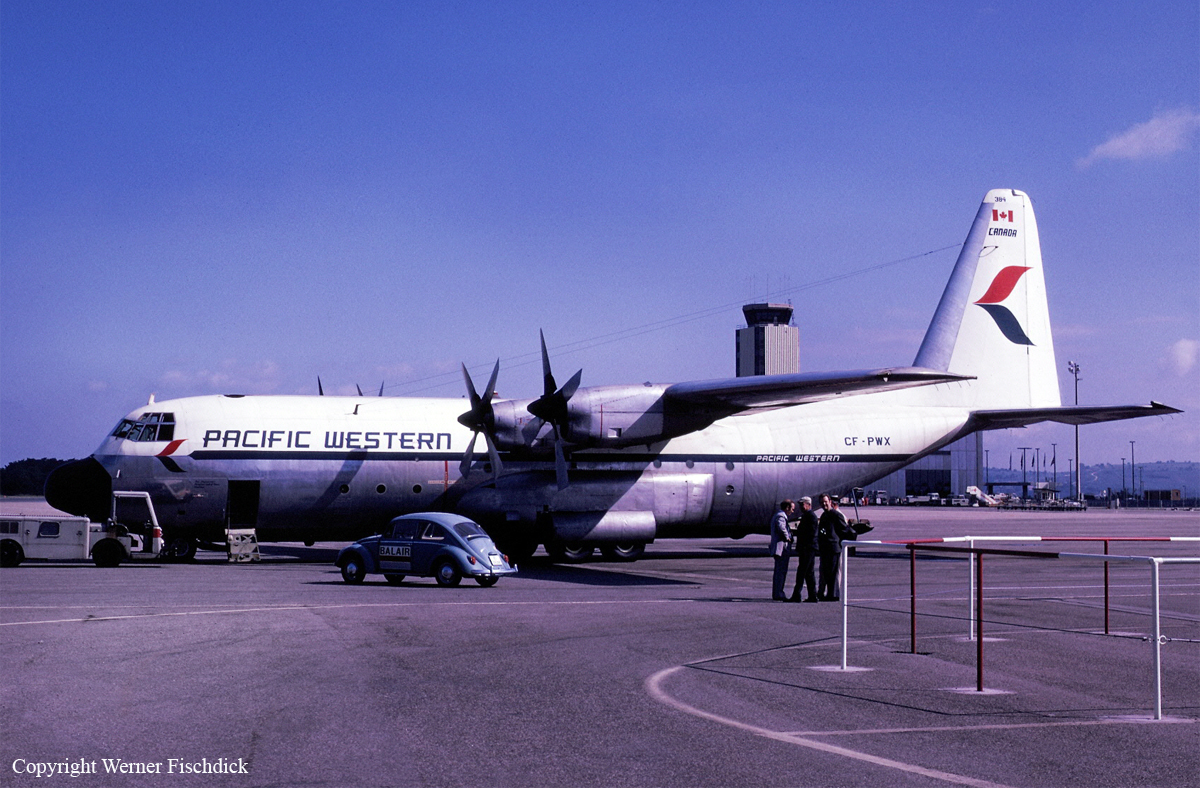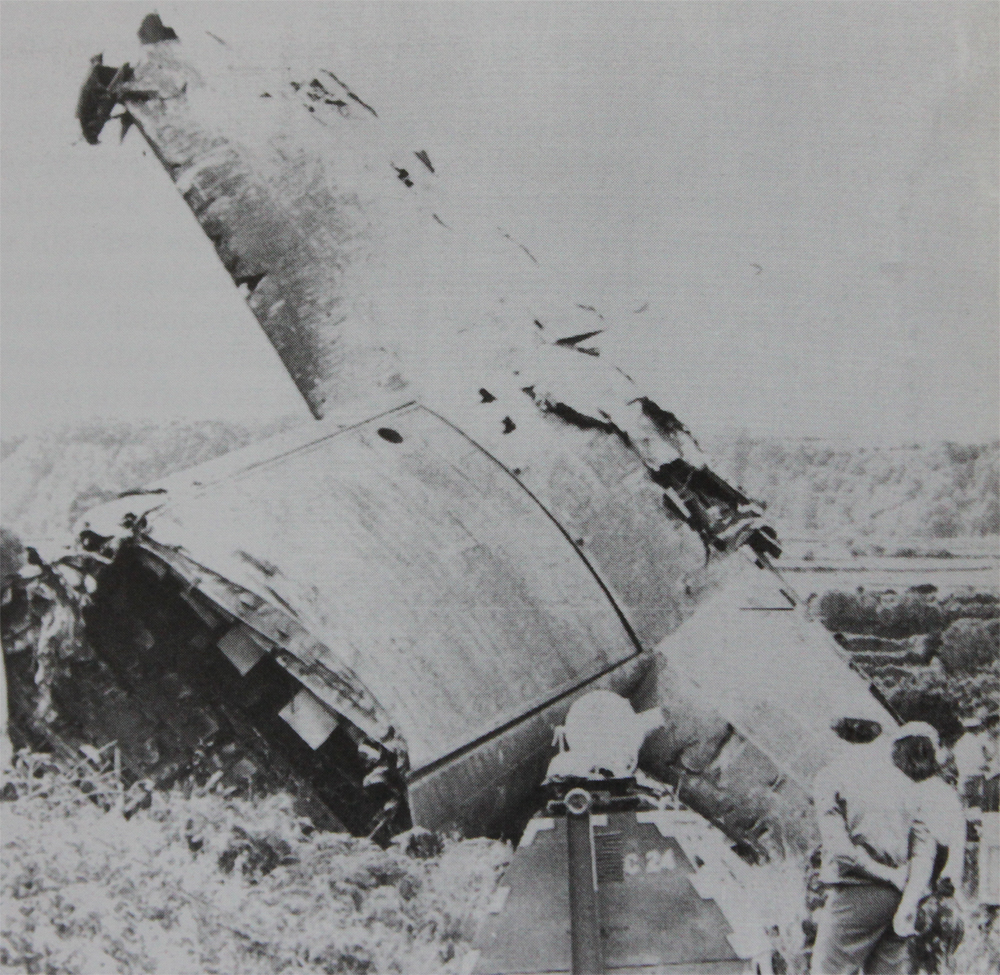Crash of a Lockheed C-130H Hercules in Laayoune
Date & Time:
Dec 4, 1976
Registration:
CNA-OB
MSN:
4537
YOM:
1974
Crew on board:
0
Crew fatalities:
Pax on board:
0
Pax fatalities:
Other fatalities:
Total fatalities:
0
Circumstances:
After takeoff from Laayoune Airport, the airplane went out of control and crashed. The occupant's fate remains unknown. It is reported the aircraft has been shot down by rebels from the Polisario Front.











